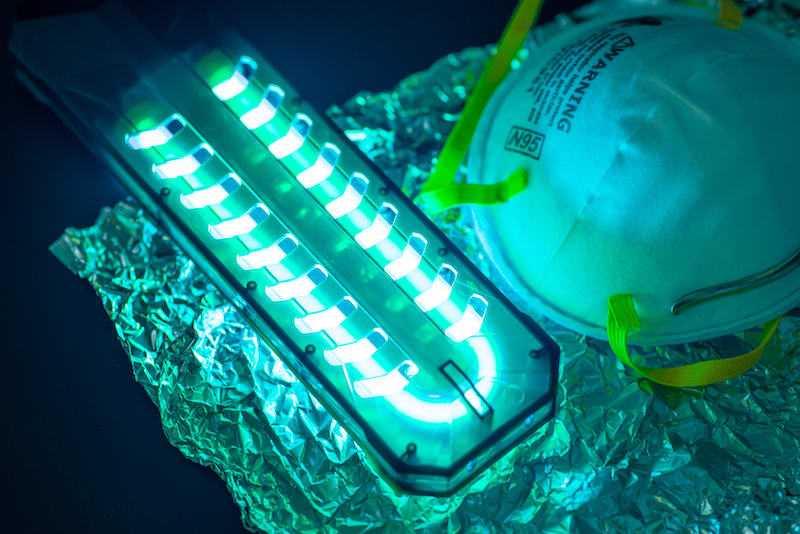Ask The Expert - UV-C LED Sterilization
Suivez l'articleQue pensez-vous de cet article ? Aidez-nous à vous fournir un meilleur contenu.
Merci! Vos commentaires ont été reçus.
There was a problem submitting your feedback, please try again later.
Que pensez-vous de cet article ?
Most of us are familiar with Ultraviolet radiation, which comprises the frequencies of light just slightly too small for humans to see with the naked eye. It is the radiation that causes sunburn, the damage to the skin as a result of prolonged exposure to direct sunlight.
However, the radiation that penetrates our atmosphere and reaches us on the surface of the earth is just part of the UV spectrum. The shorter wavelengths between 100 and 280 nanometers (nm) are classified as the UV-C band. This is also known as hard UV, and is completely absorbed by the ozone layer high in the earth’s atmosphere. As a result, life has not needed to evolve a resistance to this type of radiation, which is why it is so useful to us today.
The power of UV-C as a method for sterilization was discovered as far back as the 19th Century. It is a technology that has been used for more than 100 years to provide clean drinking water and is now a common method in water treatment.
The challenge presented by UV-C radiation is twofold. First, the radiation is hazardous to humans and other animals. Therefore, it needs to be contained in use to prevent accidental contamination in the creation of the radiation itself. Secondly, the traditional radiation source has been low- or medium-pressure mercury lamps. These lamps create radiation in a 360 arc, which limits their use in situations that require radiation to be applied with precision. Through the use of reflectors and lenses, the radiation can be redirected to where it is needed, but there is always a certain percentage that is lost.
The construction of these lamps also presents problems to be overcome. The use of mercury in their construction means that their use near food or water must be carefully managed to avoid health risks. The construction is also less than ideal in applications that require the light source to be turned on and off frequently. The lamps require time to warm up to be effective, and the constant cycling of the lamp will reduce its overall lifecycle.
Advances in the capabilities of light-emitting diodes (LEDs) have revolutionized the conventional lighting market, and they are now providing benefits to designers in the world of UV-C sterilization. I was recently able to talk to Alexander Wilm from ams OSRAM, and we discussed UV-C radiation and the latest LED technology. It was really interesting to learn that, while individual LEDs still lag behind the efficiency of mercury lamps, they provide real benefits. Not only are they smaller and safer, but they are also light sources that are far more focused and easier to direct.
Join Alexander and me as we discuss how LEDs are the future, not only for conventional lighting but for UV-C applications. We also discuss the overall efficiency of LED-based systems and look at some of the fascinating applications for which they can be used.


